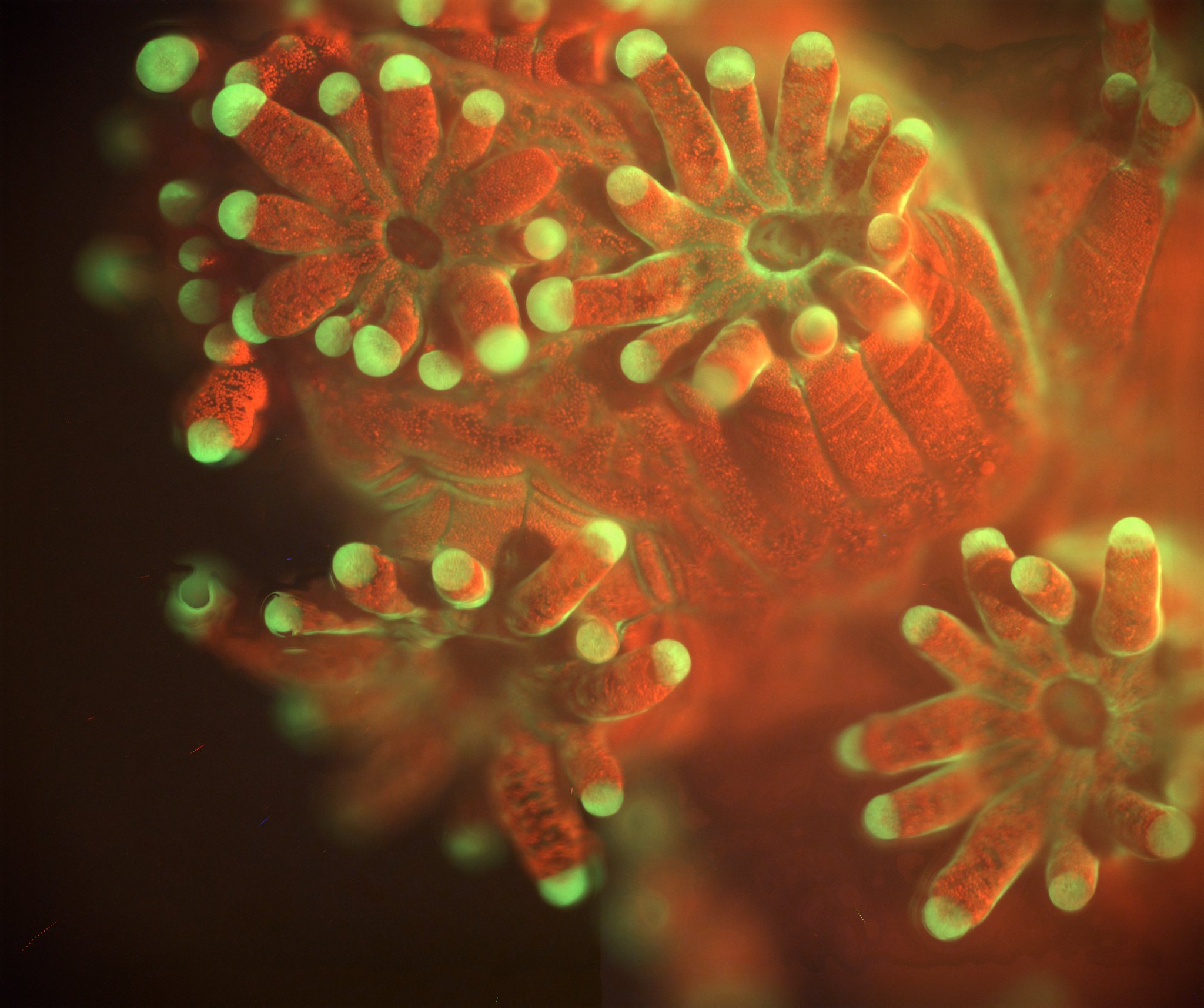
Scientists have achieved revolutionary progress in coral reef studies with the advent of a portable underwater microscope that can monitor photosynthesis in real-time at the level of individual coral cells. This cutting-edge device, created by scientists at UC San Diego’s Scripps Institution of Oceanography, represents a major advancement in the examination of coral vitality and bleaching phenomena. The Benthic Underwater Microscope imaging PAM (BUMP) delivers unmatched insights into the symbiotic interactions between corals and the algae that nourish them, enabling marine biologists to investigate these fragile ecosystems without causing disruption.
### Unveiling the Unseen
Corals depend on tiny algae residing within their tissues, which carry out photosynthesis to transform sunlight into energy-rich sugars crucial for coral existence. Stress can trigger coral bleaching when these algae are expelled, endangering the corals’ survival. Or Ben-Zvi, a postdoctoral researcher and principal author of the research, emphasizes the significance of this microscope in evaluating coral well-being non-invasively in their natural settings. The microscope employs pulse amplitude modulated (PAM) light methods to evaluate algae photosynthesis efficiency within coral tissue, a task that was previously unachievable underwater.
### Innovative Technology
The BUMP builds upon earlier underwater microscope technologies with improved features such as near micron-level resolution, real-time photosynthesis tracking with fluorescence methods, 3D scanning, portability, and enhanced battery longevity. These functions allow for intricate imaging of singular algae cells and non-intrusive research initiatives.
### Surprising Coral Behavior
The scope of the microscope extends beyond measuring photosynthesis, uncovering unforeseen coral behaviors. For example, individual coral polyps have been noted to quickly retract tentacles for feeding. Field trials conducted in various environments, including Hawaii and the Red Sea, indicated that shallow corals experience more intense light conditions, impacting their photosynthetic performance.
### Practical Applications
The non-invasive characteristics of BUMP empower researchers to collect essential health information without interfering with coral ecosystems. This feature presents a valuable technique for identifying early indicators of coral stress due to climate change and shaping conservation efforts.
### Beyond Coral Ecosystems
Future utilizations of this technology are expected, as photosynthesis is critical for marine organisms. Researchers intend to employ BUMP to investigate other marine species such as giant kelp, potentially broadening its application to comprehensively evaluate ocean ecosystem health. The tool’s capacity to identify problems at a cellular level within coral environments may become vital for global conservation initiatives as environmental challenges affecting reefs intensify.